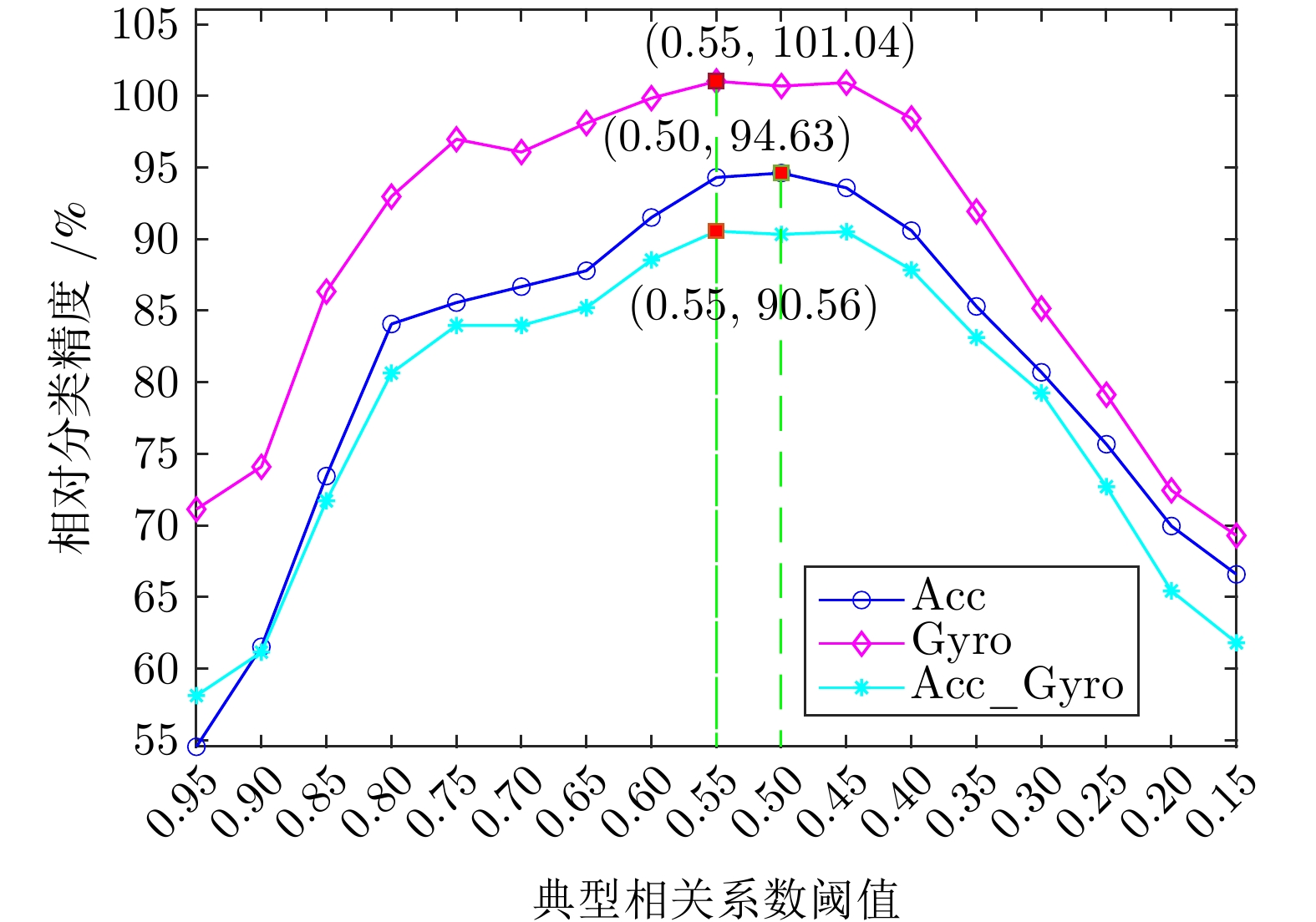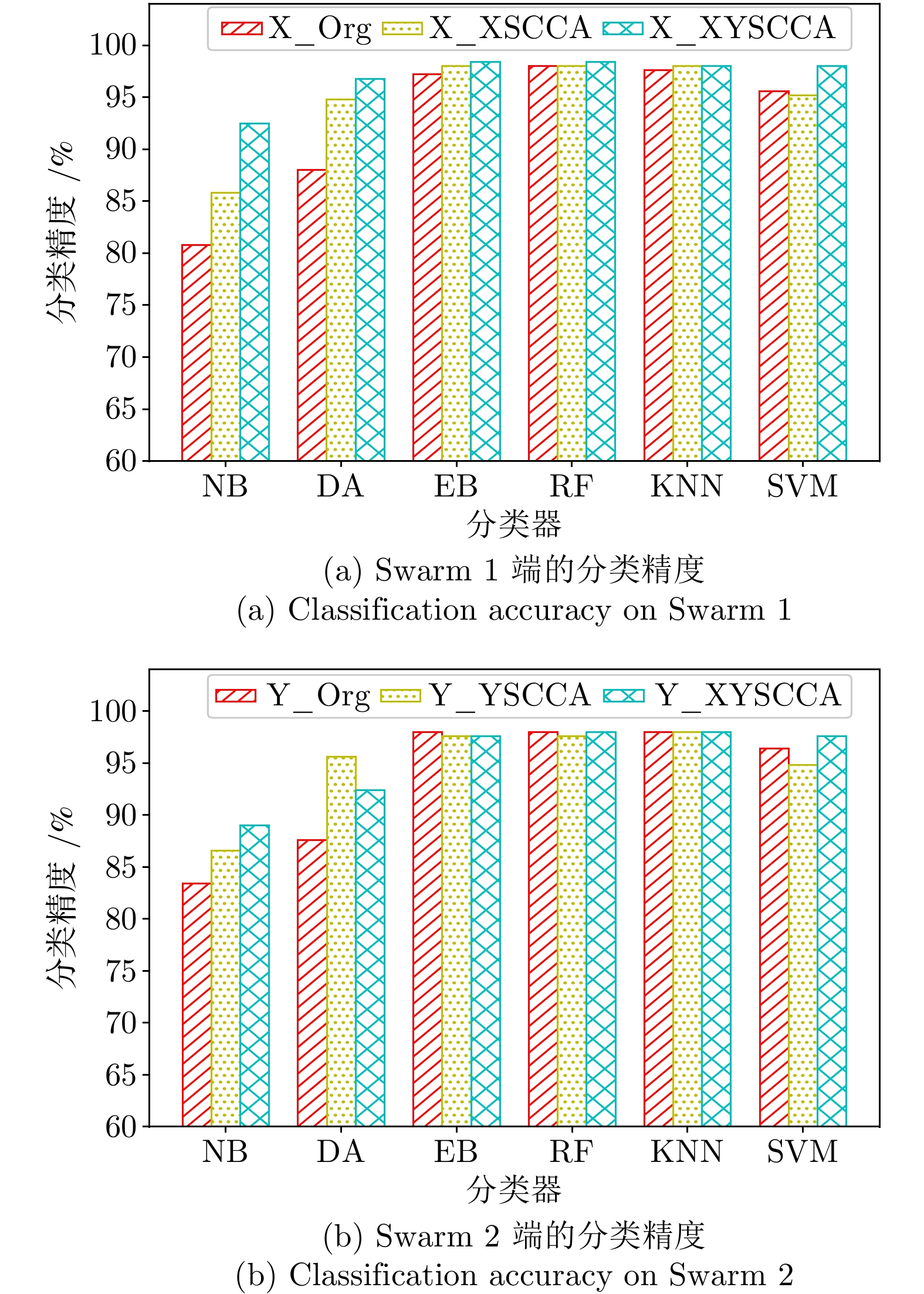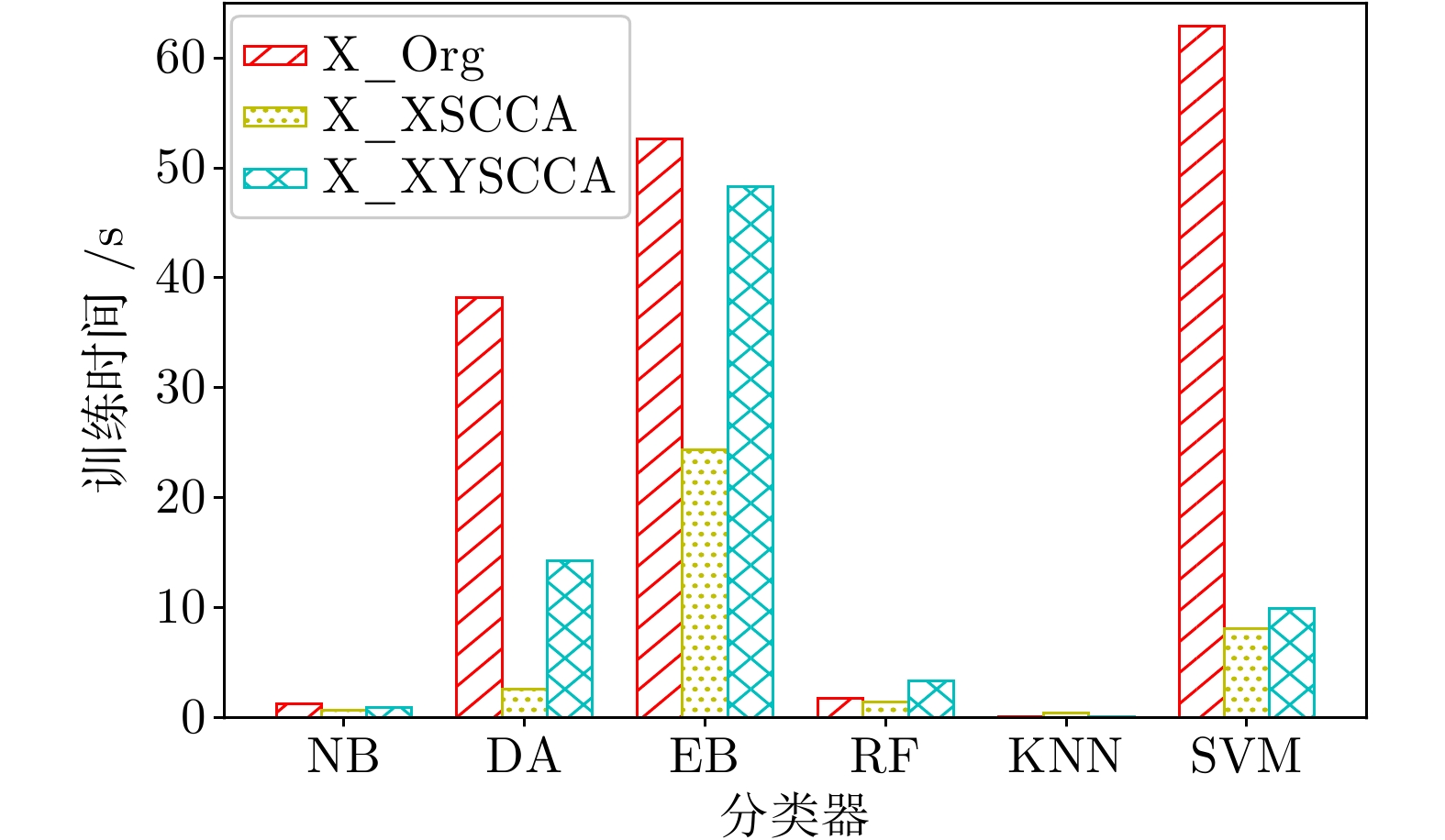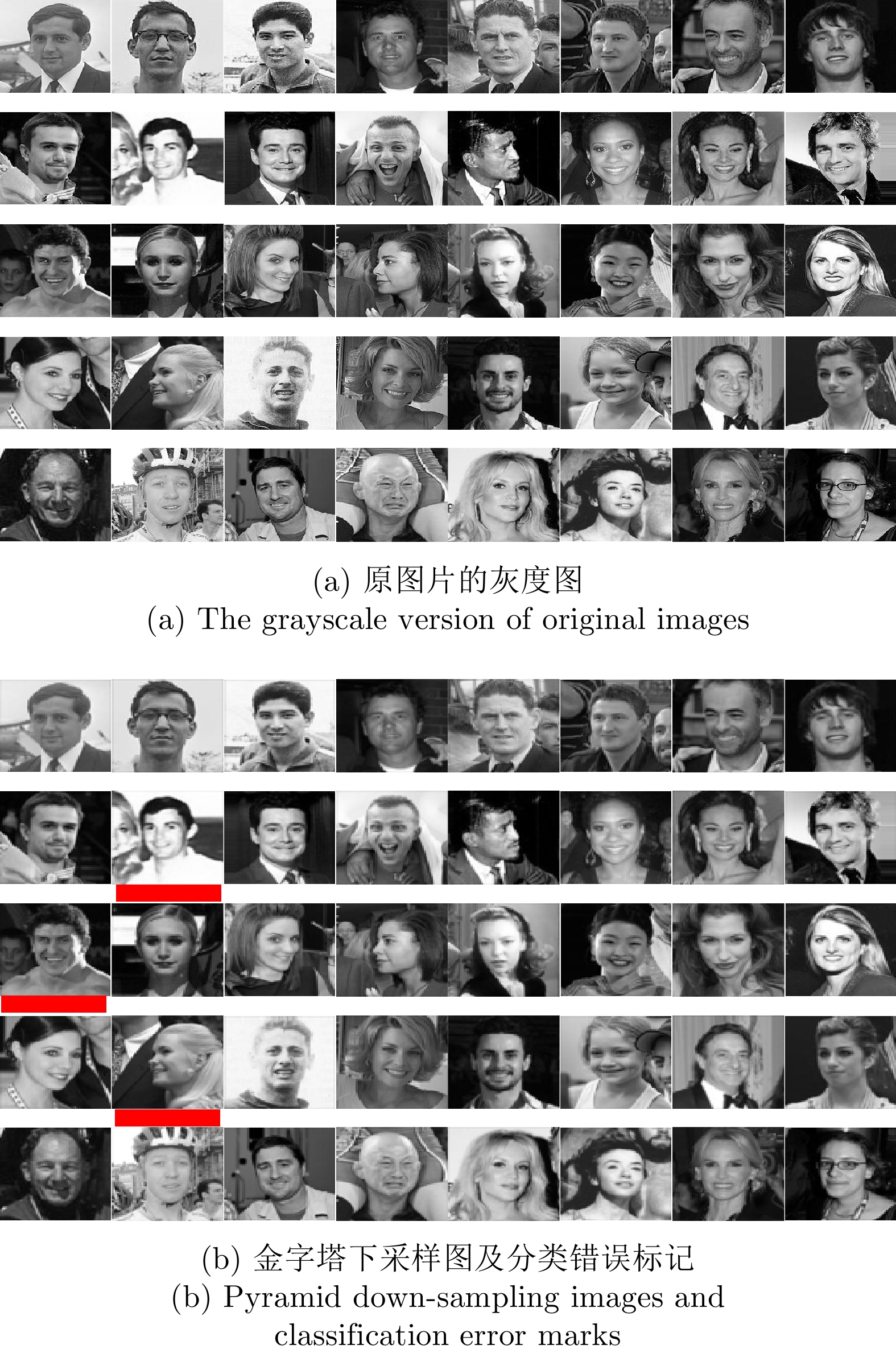|
[1]
|
Kels C G. HIPAA in the era of data sharing. Journal of the American Medical Association, 2020, 323(5): 476−477 doi: 10.1001/jama.2019.19645
|
|
[2]
|
Raymond N. Reboot ethical review for the age of big data. Nature, DOI: https://doi.org/10.1038/d41586-019-01164-z
|
|
[3]
|
Taddeo M, Floridi L. How AI can be a force for good. Science, 2018, 361(6404): 751−752 doi: 10.1126/science.aat5991
|
|
[4]
|
Jobin A, Ienca M, Vayena E. The global landscape of AI ethics guidelines. Nature Machine Intelligence, 2019, 1(9): 389−399 doi: 10.1038/s42256-019-0088-2
|
|
[5]
|
Stahl B C, Wright D. Ethics and privacy in AI and big data: Implementing responsible research and innovation. IEEE Security & Privacy, 2018, 16(3): 26−33
|
|
[6]
|
Stadler T, Troncoso C. Why the search for a privacy-preserving data sharing mechanism is failing. Nature Computational Science, 2022, 2(4): 208−210 doi: 10.1038/s43588-022-00236-x
|
|
[7]
|
Wu C H, Wu F Z, Lyu L J, Huang Y F, Xie X. Communication-efficient federated learning via knowledge distillation. Nature Communications, 2022, 13(1): Article No. 2032
|
|
[8]
|
Nguyen D C, Ding M, Pathirana P N, Seneviratne A, Li J, Poor H V. Federated learning for internet of things: A comprehensive survey. IEEE Communications Surveys & Tutorials, 2021, 23(3): 1622−1658
|
|
[9]
|
梁锋, 羊恩跃, 潘微科, 杨强, 明仲. 基于联邦学习的推荐系统综述. 中国科学: 信息科学, 2022, 52(5): 713−741 doi: 10.1360/SSI-2021-0329Liang Feng, Yang En-Yue, Pan Wei-Ke, Yang Qiang, Ming Zhong. Survey of recommender systems based on federated learning. Scientia Sinica Informationis, 2022, 52(5): 713−741 doi: 10.1360/SSI-2021-0329
|
|
[10]
|
郭艳卿, 王鑫磊, 付海燕, 刘航, 姚明. 面向隐私安全的联邦决策树算法. 计算机学报, 2021, 44(10): 2090−2103 doi: 10.11897/SP.J.1016.2021.02090Guo Yan-Qing, Wang Xin-Lei, Fu Hai-Yan, Liu Hang, Yao Ming. Federated decision tree algorithm for privacy security. Chinese Journal of Computers, 2021, 44(10): 2090−2103 doi: 10.11897/SP.J.1016.2021.02090
|
|
[11]
|
张泽辉, 富瑶, 高铁杠. 支持数据隐私保护的联邦深度神经网络模型研究. 自动化学报, 2022, 48(5): 1273−1284Zhang Ze-Hui, Fu Yao, Gao Tie-Gang. Research on federated deep neural network model for data privacy preserving. Acta Automatica Sinica, 2022, 48(5): 1273−1284
|
|
[12]
|
高胜, 袁丽萍, 朱建明, 马鑫迪, 章睿, 马建峰. 一种基于区块链的隐私保护异步联邦学习. 中国科学: 信息科学, 2021, 51(10): 1755−1774 doi: 10.1360/SSI-2021-0087Gao Sheng, Yuan Li-Ping, Zhu Jian-Ming, Ma Xin-Di, Zhang Rui, Ma Jian-Feng. A blockchain-based privacy-preserving asynchronous federated learning. Scientia Sinica Informationis, 2021, 51(10): 1755−1774 doi: 10.1360/SSI-2021-0087
|
|
[13]
|
朱建明, 张沁楠, 高胜, 丁庆洋, 袁丽萍. 基于区块链的隐私保护可信联邦学习模型. 计算机学报, 2021, 44(12): 2464−2484 doi: 10.11897/SP.J.1016.2021.02464Zhu Jian-Ming, Zhang Qin-Nan, Gao Sheng, Ding Qing-Yang, Yuan Li-Ping. Privacy preserving and trustworthy federated learning model based on blokchain. Chinese Journal of Computers, 2021, 44(12): 2464−2484 doi: 10.11897/SP.J.1016.2021.02464
|
|
[14]
|
冯霁, 蔡其志, 姜远. 联邦学习下对抗训练样本表示的研究. 中国科学: 信息科学, 2021, 51(6): 900−911 doi: 10.1360/SSI-2019-0145Feng Ji, Cai Qi-Zhi, Jiang Yuan. Towards training time attacks for federated machine learning systems. Scientia Sinica Informationis, 2021, 51(6): 900−911 doi: 10.1360/SSI-2019-0145
|
|
[15]
|
张泽辉, 李庆丹, 富瑶, 何宁昕, 高铁杠. 面向非独立同分布数据的自适应联邦深度学习算法. 自动化学报, 2023, 49(12): 2493−2506Zhang Ze-Hui, Li Qing-Dan, Fu Yao, He Ning-Xin, Gao Tie-Gang. Adaptive federated deep learning with Non-IID data. Acta Automatica Sinica, 2023, 49(12): 2493−2506
|
|
[16]
|
朱静, 王飞跃, 王戈, 田永林, 袁勇, 王晓, 等. 联邦控制: 面向信息安全和权益保护的分布式控制方法. 自动化学报, 2021, 47(8): 1912−1920Zhu Jing, Wang Fei-Yue, Wang Ge, Tian Yong-Lin, Yuan Yong, Wang Xiao, et al. Federated control: A distributed control approach towards information security and rights protection. Acta Automatica Sinica, 2021, 47(8): 1912−1920
|
|
[17]
|
方晨, 郭渊博, 王一丰, 胡永进, 马佳利, 张晗, 等. 基于区块链和联邦学习的边缘计算隐私保护方法. 通信学报, 2021, 42(11): 28−40Fang Chen, Guo Yuan-Bo, Wang Yi-Feng, Hu Yong-Jin, Ma Jia-Li, Zhang Han, et al. Edge computing privacy protection method based on blockchain and federated learning. Journal on Communications, 2021, 42(11): 28−40
|
|
[18]
|
张沁楠, 朱建明, 高胜, 熊泽辉, 丁庆洋, 朴桂荣. 基于区块链和贝叶斯博弈的联邦学习激励机制. 中国科学: 信息科学, 2022, 52(6): 971−991 doi: 10.1360/SSI-2022-0020Zhang Qin-Nan, Zhu Jian-Ming, Gao Sheng, Xiong Ze-Hui, Ding Qing-Yang, Piao Gui-Rong. Incentive mechanism for federated learning based on block-chain and Bayesian game. Scientia Sinica Informationis, 2022, 52(6): 971−991 doi: 10.1360/SSI-2022-0020
|
|
[19]
|
Warnat-Herresthal S, Schultze H, Shastry K L, Manamohan S, Mukherjee S, Garg V, et al. Swarm learning for decentralized and confidential clinical machine learning. Nature, 2021, 594(7862): 265−270 doi: 10.1038/s41586-021-03583-3
|
|
[20]
|
Sun C, Wu S T, Cui T. User selection for federated learning in a wireless environment: A process to minimize the negative effect of training data correlation and improve performance. IEEE Vehicular Technology Magazine, 2022, 17(3): 26−33 doi: 10.1109/MVT.2022.3153274
|
|
[21]
|
Uddin M P, Xiang Y, Lu X Q, Yearwood J, Gao L X. Mutual information driven federated learning. IEEE Transactions on Parallel and Distributed Systems, 2021, 32(7): 1526−1538
|
|
[22]
|
Gao Y, Zhang G M, Zhang C C, Wang J K, Yang L T, Zhao Y L. Federated tensor decomposition-based feature extraction approach for industrial IoT. IEEE Transactions on Industrial Informatics, 2021, 17(12): 8541−8549 doi: 10.1109/TII.2021.3074152
|
|
[23]
|
Hotelling H. The most predictable criterion. Journal of Educational Psychology, 1935, 26(2): 139−142 doi: 10.1037/h0058165
|
|
[24]
|
Yang X H, Liu W F, Liu W, Tao D C. A survey on canonical correlation analysis. IEEE Transactions on Knowledge and Data Engineering, 2021, 33(6): 2349−2368 doi: 10.1109/TKDE.2019.2958342
|
|
[25]
|
Ewerbring L M, Luk F T. Canonical correlations and generalized SVD: Applications and new algorithms. Journal of Computational and Applied Mathematics, 1989, 27(1−2): 37−52 doi: 10.1016/0377-0427(89)90360-9
|
|
[26]
|
Uurtio V, Monteiro J M, Kandola J, Shawe-Taylor J, Fernandez-Reyes D, Rousu J. A tutorial on canonical correlation methods. ACM Computing Surveys, 2018, 50(6): Article No. 95
|
|
[27]
|
Drmač Z. Accurate computation of the product-induced singular value decomposition with application. Siam Journal on Numerical Analysis, 1998, 35(5): 1969−1994 doi: 10.1137/S0036142995292633
|
|
[28]
|
Reyes-Ortiz J L, Oneto L, Sama A, Parra X, Anguita D. Transition-aware human activity recognition using smartphones. Neurocomputing, 2016, 171: 754−767 doi: 10.1016/j.neucom.2015.07.085
|
|
[29]
|
Rothe R, Timofte R, Gool L V. Deep expectation of real and apparent age from a single image without facial landmarks. International Journal of Computer Vision, 2018, 126(2): 144−157
|





 下载:
下载:








